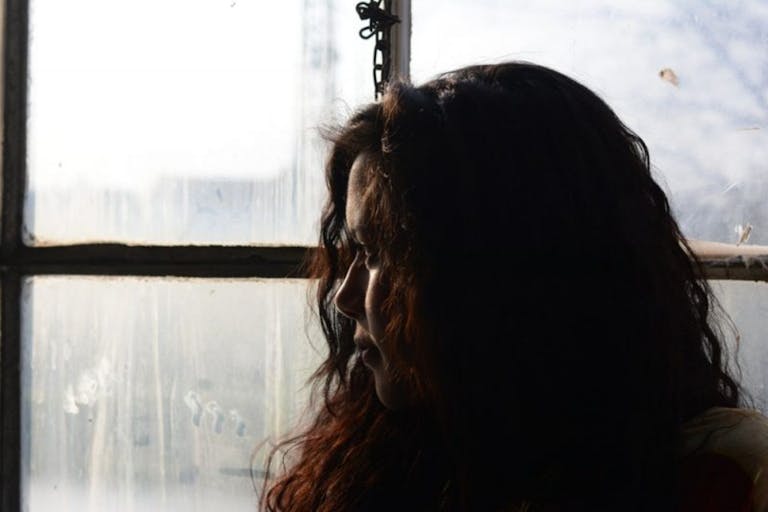
Study: Nearly half of women suffer moderate to high distress after abortion
Michael J. New
·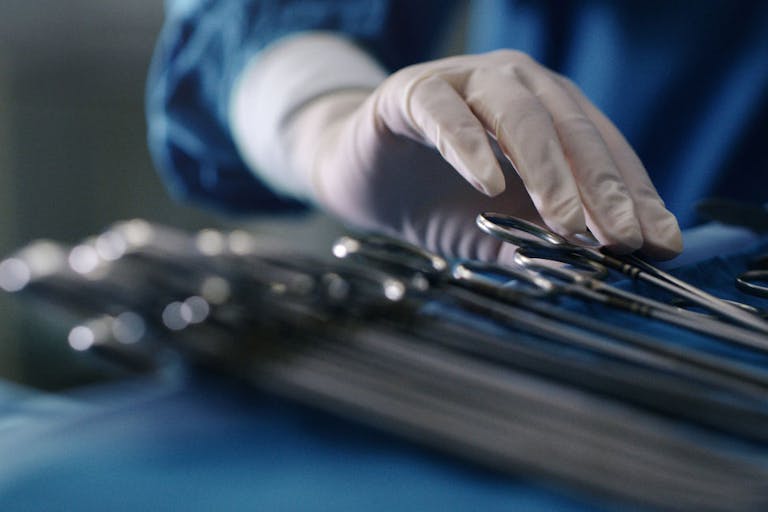
Decades-old media exposé on abortion industry contrasts lack of media curiosity today
A multi-page exposé about a “dingy” Florida abortion business in 1989, titled “Do Not Enter,” detailed horrific conditions eerily similar to what pro-lifers continue to document behind the closed doors of the abortion industry today. The difference is that now, 35 years later, the media is silent and even complicit in running defense for the abortion industry.
The investigation, conducted by award-winning reporter Deborah Sontag, was published in the Miami Herald’s Tropic Magazine in 1989. Sontag’s piece was a catalyst for my own decades of research into the abortion industry.
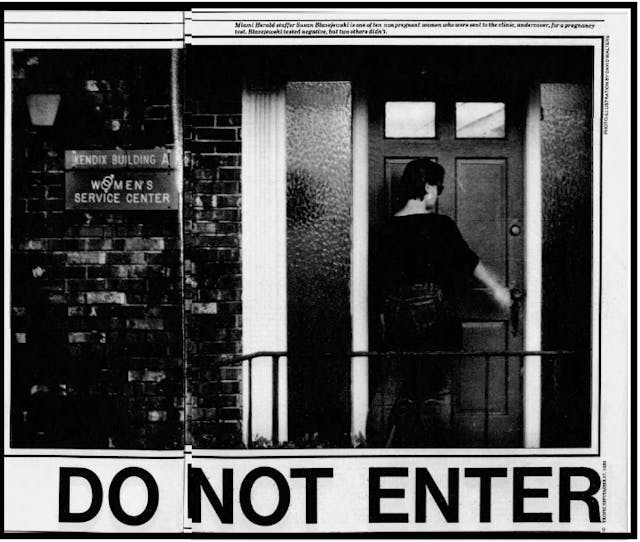
Sontag would discover, as did those who documented Kermit Gosnell’s so-called “house of horrors” abortion facility in Pennsylvania, that advocates of abortion often know what is happening inside these facilities. And instead of protecting women, they often choose silence.
“Abortion is a business,” wrote Sontag. “Even in the days of legal abortion, the back alley persists — on a commercial street, in a medical building, with a front door, and sometimes even with a state license.”
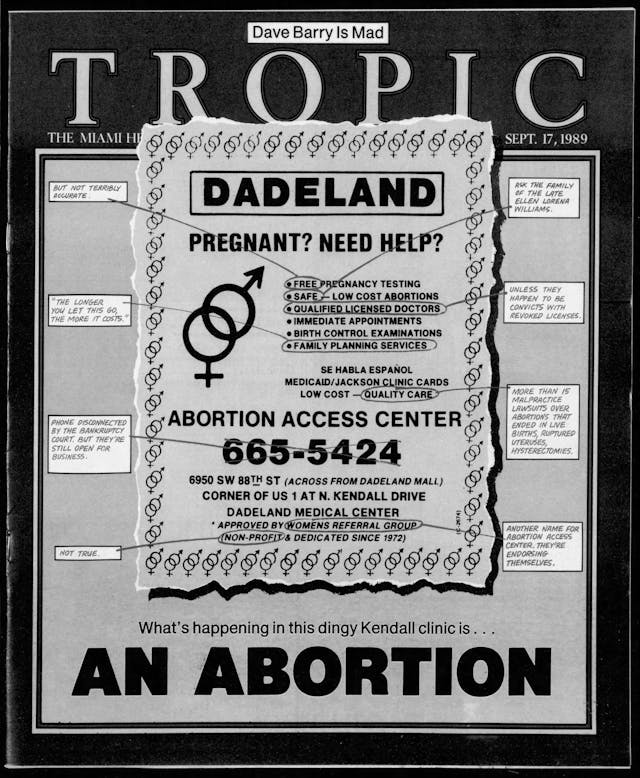
Malpractice Lawsuits Abound
Sontag’s piece centered on the Dadeland Family Planning abortion facility and its staff.
Owned by Betty Eason and other members of the Eason family, Sontag claimed the facility — which carried no malpractice insurance — advertised under “two phone numbers” and “about 40 names.”
“In the last 10 years, the clinic and its doctors have been sued 15 times,” Sontag claimed, recounting multiple lawsuits she tracked down.
Dr. Robert Kast, one of the facility’s abortionists, had “been sued seven times — all for abortions done in a three-year period at Eason’s clinic,” Sontag wrote in “Do Not Enter.” Kast blamed the lawsuits on the dozen or so extra abortions he said the Easons required him to commit each day, telling Sontag that after 35 procedures, “my hand is cramped, and I’m more likely to make mistakes.”
According to Sontag:
One doctor who worked at the Dadeland clinic was a convicted sex offender. Another was reprimanded by his state licensing board for ‘gross malpractice.’ A third was responsible for more than $500,000 in out-of-court settlements on abortions gone awry. Year after year, there were ruptured uteruses, perforated colons and emergency hysterectomies. Women who were not pregnant were told that they were. And probably, although this is impossible to prove, some of these women were then given what they were told, and believe to this day, were abortions.
Thirty year-old Cynthia C. called Dadeland following her legal abortion, allegedly “complaining of heavy bleeding and the discharge of large pieces of tissue” and was reportedly told “to take aspirin.”
“Later that night, she went by ambulance to James Archer Smith Hospital, arriving with no blood pressure because her uterine artery had been severed. She underwent a hysterectomy, eventually receiving a minimal settlement from [abortionist Nabil] Ghali, who was not insured,” Sontag claimed.
Fifteen year-old Dawn J. also received an abortion at Dadeland, and according to Sontag, “For the next week, she called the clinic daily, complaining of pain and a thick vaginal discharge.” In response, the staff told her to take Tylenol. “A week later, in emergency surgery at Baptist Hospital, her perforated uterus, ovaries and Fallopian tubes were removed,” Sontag alleged.
Twenty year-old Diedre M. left the legally operating abortion facility “with a two-inch, jagged rip in her uterus” and “ended up having a total abdominal hysterectomy,” the article claimed.
Refused to Call Ambulance
In “Do Not Enter,” Sontag recounted the case of 16-year-old Teresa R., who received a “routine dilation and curettage” abortion at the facility before being sent home.
“Two months later, Teresa’s stomach was swollen and she was vomiting in the morning. Her mother took her back to the Dadeland clinic, where Kast found the girl was still pregnant, this time about 22 weeks along,” Sontag wrote.
Kast then committed a second abortion on Teresa.
“Less than a half-hour later, Teresa was hemorrhaging from a perforated uterus. The clinic wouldn’t call an ambulance, the mother said, so she had to drive her daughter to Jackson Memorial,” Sontag wrote. “The fetus, which was dead, was removed in emergency surgery. A year and a half of pain later, Teresa had a total abdominal hysterectomy.”
‘Unlucky’ and Dead
In 1985, 38-year-old Ellen Lorena Williams, described by Sontag as the “the unluckiest of all,” died after being treated by the facility’s abortionist. A jury awarded her family $1 million. The abortionist, Chatoor Bisal Singh, continued to commit abortions long after Williams’ body and her preborn baby were in the ground.
Article continues below
Dear Reader,
In 2026, Live Action is heading straight where the battle is fiercest: college campuses.
We have a bold initiative to establish 100 Live Action campus chapters within the next year, and your partnership will make it a success!
Your support today will help train and equip young leaders, bring Live Action’s educational content into academic environments, host on-campus events and debates, and empower students to challenge the pro-abortion status quo with truth and compassion.
Invest in pro-life grassroots outreach and cultural formation with your TRIPLED year-end gift!
According to Sontag’s article, just days after Williams’ legal abortion from Singh, she was “rushed by ambulance to Coral Reef Hospital, where she underwent emergency surgery,” but “The surgery was too late. Her uterus and bowel had been perforated during the first abortion and the infection was acute. Williams died the next morning.”
Williams’ autopsy showed she died of an acute abdominal infection.
“The Florida Board of Medical Examiners charged Singh with ‘gross or repeated malpractice,’” Sontag claimed.
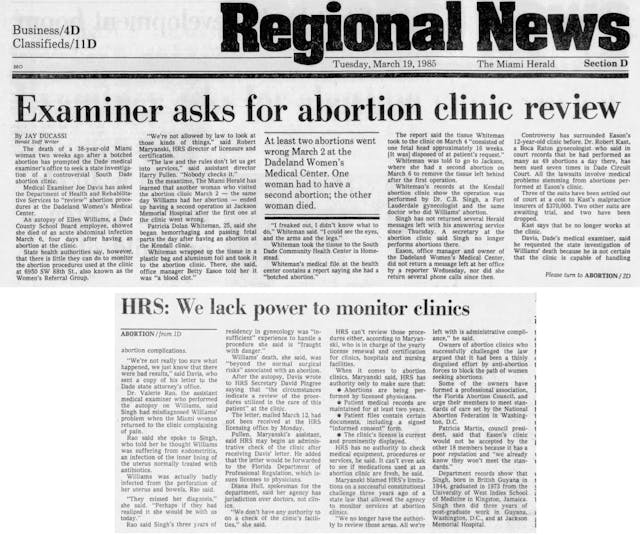
According to Sontag, on the same day that Singh perforated Williams’ uterus and bowel, he also committed an abortion on 25 year-old Patricia W. This woman, Sontag alleged, “began hemorrhaging and passing fetal parts when she got home. She wrapped up the tissue in aluminum foil, put it in a plastic bag and took it to the clinic, where, she says, Eason told her it was ‘a blood clot.'”
But Eason had lied, and Patricia later discovered that “it was a 16-week-old fetal head.” Sontag added, “At Jackson Memorial, her uterus was scraped a second time to clean out the tissue left behind. Her next stop was Circuit Court, where she filed suit, eventually getting a $100,000 settlement, according to her attorney.”
Baby Looked ‘Half-Eaten’
Sontag’s investigation recounted one instance in which abortionist Robert Kast allegedly committed an incomplete abortion on a woman who was 16 weeks pregnant.
“He performed an abortion and sent her home… declaring the procedure ‘complete and uneventful’…. That night… she began to bleed. Heavily. By the time the ambulance came to take her to James Archer Smith Hospital in Homestead, she was unconscious,” Sontag wrote.
The woman still had the nearly five month old fetus inside her, Sontag claimed. “Surgeons performed a Caesarean section. They removed a mutilated, foot-long male fetus that weighed about four-fifths of a pound.”
“It looked like the baby had been half-eaten by a dog,” Dr. Charles Marshall House, the hospital’s chief of staff at the time, told Sontag. But according to the report, the abortionist would later admit that “he knew the abortion had been incomplete, [and] that he had expected the patient to ‘pass’ the fetus naturally.”
Abortion Supporters Protected and Defended Dadeland
“The place is a scum hole. I wouldn’t send a dog there . . . They should be put in jail,” Dr. Richard Litt, the facility’s first abortionist, told Sontag.
Litt, who had left the facility, said he was “disgusted with the place,” Sontag wrote. “Outside the procedure rooms, it was dirty, with cigarette ashes scattered about the pale linoleum. Litt says the Easons were asking him to do too many abortions a day, on women too far along in their pregnancy.”
“The final indignity, Litt says, was when someone at the clinic started stealing his prescription forms, forging his signature to get narcotics in bulk,” the article stated. But Litt and the larger abortion community were silent about the conditions at Dadeland, claimed journalist Nat Hentoff.
“Sontag, later in her Miami Herald article, noted that dangerous abortion clinics ‘put Florida’s pro-choice advocates in a difficult ethical position,'” Hentoff wrote. That sentiment would later be echoed by Slate journalist William Saletan in his “Sisterhood of Silence” article.
Hentoff pointed to pro-abortion activist Janis Compton-Carr as saying, “In my gut, I am completely aghast at what goes on at [the Dadeland Family Planning Center]. But I staunchly oppose anything that would correct this situation in law.”’
Tragically, this is the attitude of the media, politicians, and abortion advocates today, who turn a blind eye to the toll abortion takes on women and their families and instead work to shield abortion providers from all consequences.
Hentoff, who described Sontag as “pro-choice” on abortion, claimed Sontag’s “Do Not Enter” exposé was met with attack by the larger pro-abortion community.
“I was viciously attacked,” Sontag allegedly told Hentoff. “They didn’t understand where I was coming from. Also, the then executive editor of the Miami Herald — she had done a lot of work with women’s groups — was leaned on to hold my story indefinitely.”
Sontag herself admitted in “Do Not Enter” that none of the abortion organizations were willing to step up and protect women. “[N]o one who believed the Dadeland clinic to be bad news ever spoke up against it publicly, and no one ever registered an official complaint,” she wrote.
It seems little has changed today with regard to abortion businesses refusing to protect women; however, the mainstream media is no longer exposing the workings of the abortion industry as it did decades ago. Instead, it repeats the industry’s talking points, and is complicit in the harm done to women and preborn children.
Live Action News is pro-life news and commentary from a pro-life perspective.
Contact editor@liveaction.org for questions, corrections, or if you are seeking permission to reprint any Live Action News content.
Guest Articles: To submit a guest article to Live Action News, email editor@liveaction.org with an attached Word document of 800-1000 words. Please also attach any photos relevant to your submission if applicable. If your submission is accepted for publication, you will be notified within three weeks. Guest articles are not compensated (see our Open License Agreement). Thank you for your interest in Live Action News!

Michael J. New
·
Media
Kelli Keane
·
Media
Cassy Cooke
·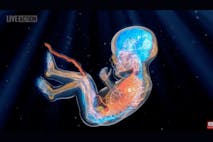
Media
Cassy Cooke
·
Human Interest
Kelli Keane
·
Analysis
Sheena Rodriguez
·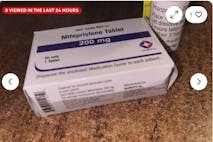
Abortion Pill
Carole Novielli
·
Abortion Pill
Carole Novielli
·
Investigative
Carole Novielli
·
Abortion Pill
Carole Novielli
·
Investigative
Carole Novielli
·